Elbows
Elbows are used to change the direction of pipes. Common angles include 45°, 90° and 180°. 180° elbows are also called U-shaped elbows. There are also elbows with special angles, but they are very few.
1) Malleable cast iron elbows
Malleable cast iron elbows, also known as forgeable cast iron elbows, have good plasticity and toughness and can withstand certain mechanical stress. It is a common pipe fitting for changing the direction of pipes in pipe connectors and is widely used in various pipe systems.
Common specifications of malleable cast iron elbows range from 1/2 to 4 inches, suitable for a variety of pipe sizes.
Common bending angles are 45°, 90° and 180°, among which 180° elbow is also called U-shaped elbow.
According to the project requirements, other non-standard angle elbows can also be customized.
Malleable cast iron elbows are divided into galvanized and non-galvanized according to their different surface treatments to adapt to different use environments and anti-corrosion requirements.
Malleable cast iron pipe fittings are mainly used in low-pressure pipeline systems such as heating, water pipes and gas pipes.
Applicable media: Suitable for conveying general media such as water, oil, air, gas, steam, etc.
Malleable cast iron elbow is an economical and practical pipe connector suitable for a variety of low-pressure pipeline systems. Choosing appropriate specifications and surface treatment methods can effectively extend its service life and improve the safety of the pipeline system.
2) Pressed elbow
Pressed elbow is a pipe elbow made by pressing process, also known as stamped elbow or seamless elbow.
It is usually made of carbon steel, stainless steel, alloy steel and other materials, which have good corrosion resistance and mechanical properties.
Its bending radius is one and a half times the nominal diameter (R=1.5DN). In special occasions, elbows with a bending radius equal to the nominal diameter (R=1DN) can also be used;
Its common specifications range from DN15 to DN1200, suitable for a variety of pipe sizes;
Its wall thickness range is consistent with the grade of seamless steel pipe;
It adopts the pressing forming process, and is pressed by the mold. The bevels at both ends of the elbow should be processed at the factory, with high dimensional accuracy and surface finish.
The pressed elbow is a high-performance pipe connector suitable for pipeline systems with high pressure, high temperature and corrosive media. Its high strength, corrosion resistance and excellent manufacturing process make it the first choice in many industrial fields.
3) Stamping and welding elbow
The stamping and welding elbow is a half-ring elbow made of sheet metal through a mold, and then the two half-ring elbows are assembled and welded.
Its bending radius is the same as the seamless pipe elbow, and the specification range is above 200mm in nominal diameter.
4) Welded elbow
Welded elbow is a pipe elbow made by welding process, also known as shrimp waist or shrimp body elbow. Welded elbows can be classified according to different manufacturing processes and materials, mainly including seamless welded elbows and seam welded elbows. There are two methods of making it:
One is to cut steel plates in the processing plant, roll and weld them after cutting, and most of them are used for matching steel plate coiled pipes.
The other is to cut pipes and weld them after assembly. Its specifications are generally above 200mm. The use temperature cannot be greater than 200℃, and it can be made at the construction site.
5) High-pressure elbow
A pipe connector specially used for high-pressure pipeline systems, usually made of high-strength materials, common materials include carbon steel, stainless steel, alloy steel, etc.
According to the pipeline connection form, the two ends of the elbow are processed into threads or bevels, and the processing precision is very high. It is required that the pipe thread and the flange thread can be tightly matched and freely screwed in without loosening.
It is suitable for petrochemical pipelines with pressures of 22.0 and 32.0MPa, and the common specifications range from DN6 to 200mm.
High-pressure elbows are usually used in pipeline systems in industries such as petroleum, chemical, electric power, and natural gas. These systems have high requirements for the strength, pressure resistance, and corrosion resistance of elbows.
Tee
Used to connect three pipes, tees are pipe fittings that connect the main pipeline with the branch pipeline. They are divided into many types according to different manufacturing materials and uses.
Divided by specifications
It can be divided into same-diameter tees and different-diameter tees. Same-diameter tees are also called equal-diameter tees;
Same-diameter tees refer to the same diameter of the branch pipe as the main pipe
Different-diameter tees refer to the diameter of the branch pipe smaller than the diameter of the main pipe, so they are also called unequal-diameter tees. Different-diameter tees are more commonly used.
1) Malleable cast iron tees
The manufacturing materials and specification ranges of malleable cast iron tees are the same as those of malleable cast iron elbows. They are not used much in petrochemical process pipelines. They are mainly used for indoor heating, water supply and drainage, and gas pipelines.
2) Steel tees
Usually made of carbon steel, stainless steel, alloy steel and other materials. Its manufacturing process is as follows:
Casting: The steel tee manufactured by the casting process has high complexity and precision, and is suitable for mass production.
Forging: The steel tee manufactured by the forging process has high density and strength, and can withstand higher pressure.
Welding: The steel tee manufactured by the welding process deforms the material at high temperature, refines the grain, and improves the mechanical properties.
3) High-pressure tee
There are two commonly used high-pressure tees, one is welded high-pressure tee, and the other is integral forged high-pressure tee.
For welded high-pressure tee, high-quality high-pressure steel pipe is selected as the material, and the manufacturing method is similar to the eye-cut pipe. The hole opened on the main pipe must be consistent with the diameter of the connected branch pipe. The welding quality requirements are strict, and it is usually required to preheat before welding and heat treatment after welding. Its specification range is DN16~200mm, and the pressure is 22MPa and 32MPa.
The integral forged high-pressure tee is generally connected by threaded flange. Its specification range is table number SCH160, DN15~600mm, and the table number is added with "XXS", and its pipe diameter range is DN15~300mm.
Cross: used to connect four pipes to achieve branching and merging of pipes.
Reducer
Used to connect pipes of different diameters, change the diameter of the pipe, and achieve the transition of pipe diameter. From the perspective of fluid movement direction, most of them are from large to small, and some are from small to large, such as the reducer of steam return pipe and sewer pipe, which is from small to large, so the reducer is also commonly known as the reducer.
Common types
Concentric reducer: The center lines of the two ports are on the same straight line, suitable for vertical or horizontal pipes.
Eccentric reducer: The center lines of the two ports are not on the same straight line, suitable for horizontal pipes to avoid liquid accumulation.
Carbon steel reducer: Suitable for general high-pressure environment, with good mechanical properties and weldability.
Stainless steel reducer: Suitable for corrosive media, with excellent corrosion resistance.
Alloy steel reducer: suitable for high temperature and high pressure environment, with excellent high temperature strength and pressure resistance.
Forged reducer: manufactured by forging process, with high density and strength.
Welded reducer: manufactured by welding process, the material deforms at high temperature, the grain is refined, and the mechanical properties are improved.
1) Malleable cast iron reducer
Malleable cast iron reducer is generally divided into two types, one is the internal thread reducer, also known as the external joint; the other is the pipe fittings with internal and external threads, called the core. Although it is not called a reducer, it plays the role of a reducer.
2) Steel reducer
Steel reducer is divided into seamless and seamed types. Seamless reducer is pressed with seamless steel pipe, and seamed reducer is made of steel plate, which is rolled and welded, also known as welded reducer.
Both reducers have concentric and eccentric specifications. The bottom of the eccentric reducer has a straight edge, which can make the bottom of the pipe into a horizontal plane when used, which is convenient for discharging materials in the pipe during shutdown and maintenance.
The specification range of seamless reducers is DN25~600mm, and the specification range of welded reducers is DN200~1500mm.
Other pipe fittings
1) Head
The head is a plug used to seal the pipe end. Commonly used heads are oval and flat cap.
The oval head is also called the pipe cap, and its specification range is DN25~600mm, which is mostly used on medium and low pressure pipelines.
Flat cap heads are divided into two types according to their installation position. One is that the flat cap head is slightly larger than the outer diameter of the pipe and is welded outside the pipe.
The other is that the flat cap head is slightly smaller than the inner diameter of the pipe, and the head plate is placed inside the pipe for welding. The commonly used specification range is DN15~200mm, and this head is mostly used on pipelines with lower pressure.
2) Boss
The boss, also known as the nozzle, is a primary component of the automatic control instrumentation major on the process pipeline. It is installed by the process pipeline major, so the boss is also listed as a pipe fitting.
The single-sided pipe joints used in process pipelines also belong to this type. One end is welded to the main pipe, and the other end is either installed with other components or connected to another pipe. The specification range is DN15~200mm, and it is used for both high, medium and low pressure pipelines.
3) Blind plate
The function of the blind plate is to cut off the medium in the pipeline. According to the use pressure and the form of the flange sealing surface, it is divided into the following types:
Smooth surface blind plate, used in conjunction with smooth sealing surface flange, its applicable pressure range is 1.0~2.5MPa.
Convex surface blind plate, which has a convex surface on one side and a concave surface on the other side, is used in conjunction with concave and convex sealing surface flange. The use pressure is 4.0MPa, and the specification range is DN25~400mm.
Trapezoidal groove blind plate, used in conjunction with trapezoidal groove sealing surface flange, the use pressure range is 6.4~16.0MPa. The specification range is DN25~300mm.
The "8" blind plate is also divided into three types: smooth surface, concave-convex surface and trapezoidal groove surface. The use pressure is the same as the above three types of blind plates. The difference of the "8" blind plate is that it combines two uses in one component, that is, the blind plate and the gasket are connected and fixed together. When the blind plate is inserted into the flange, the gasket exposed outside serves as an intuitive sign whether the pipeline is cut off.
There are many materials for manufacturing the "8" blind plate, which are selected according to the temperature and pressure of the transported medium. For low-pressure pipelines, when the temperature does not exceed 450℃, the materials used are Q235A, No. 20 steel and No. 25 steel; when the temperature is between 450 and 550℃, the materials used are 15CrMo and 1Cr5Mo. When the pressure is between 4.0 and 16.0MPa and the temperature is greater than 550℃, stainless steel should be used.
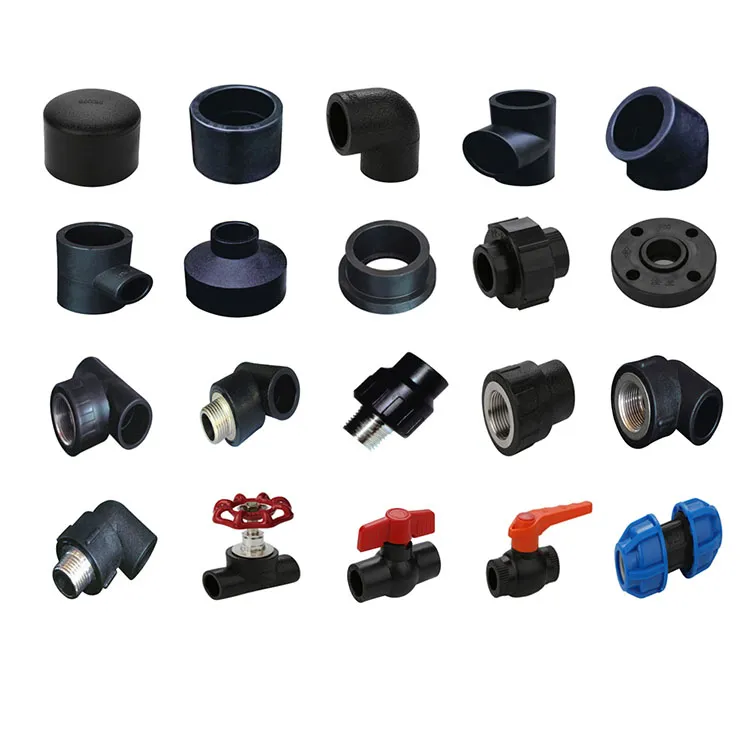
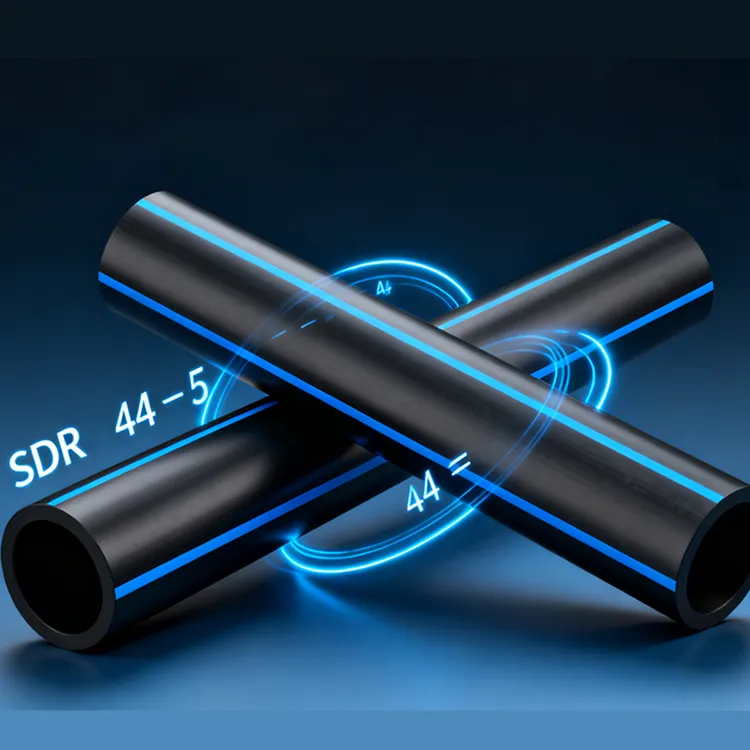
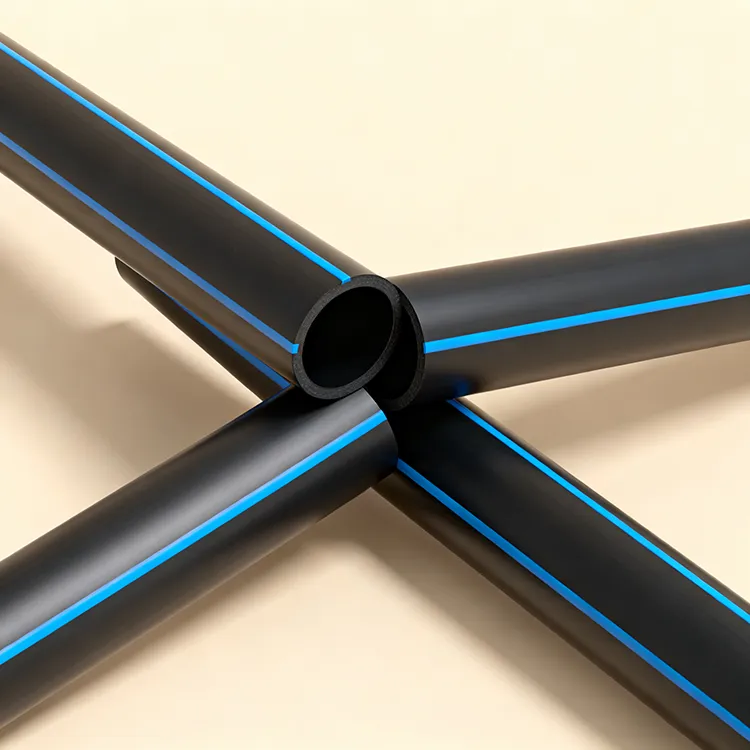
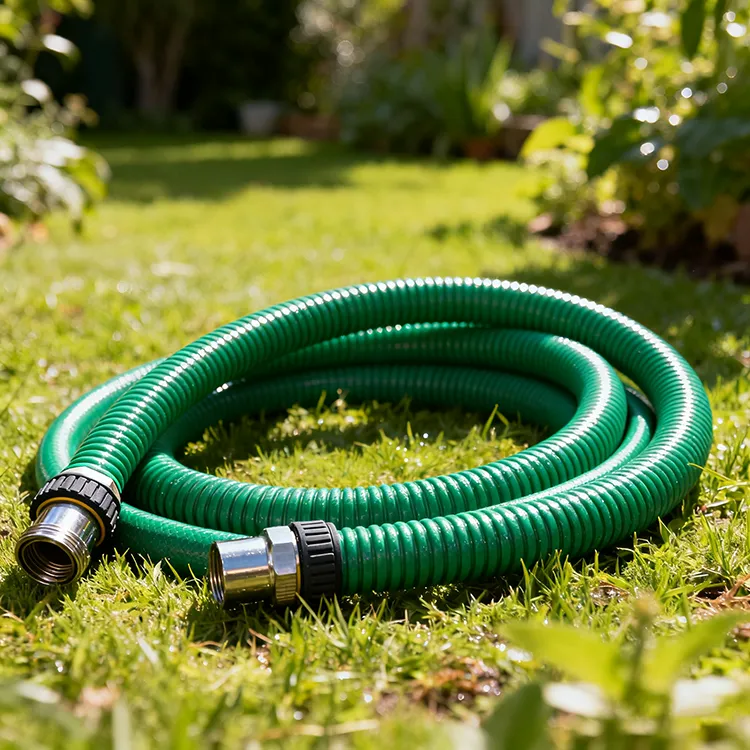
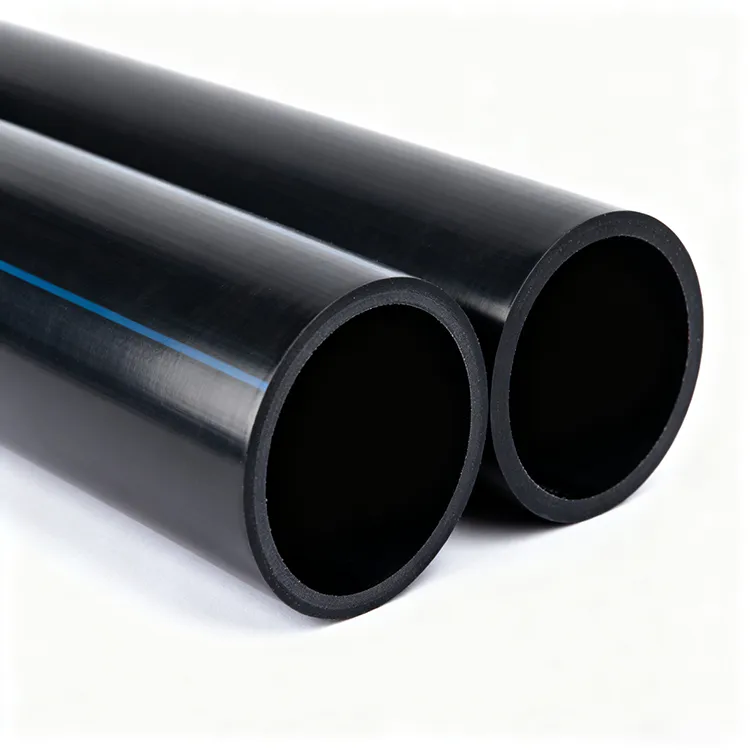
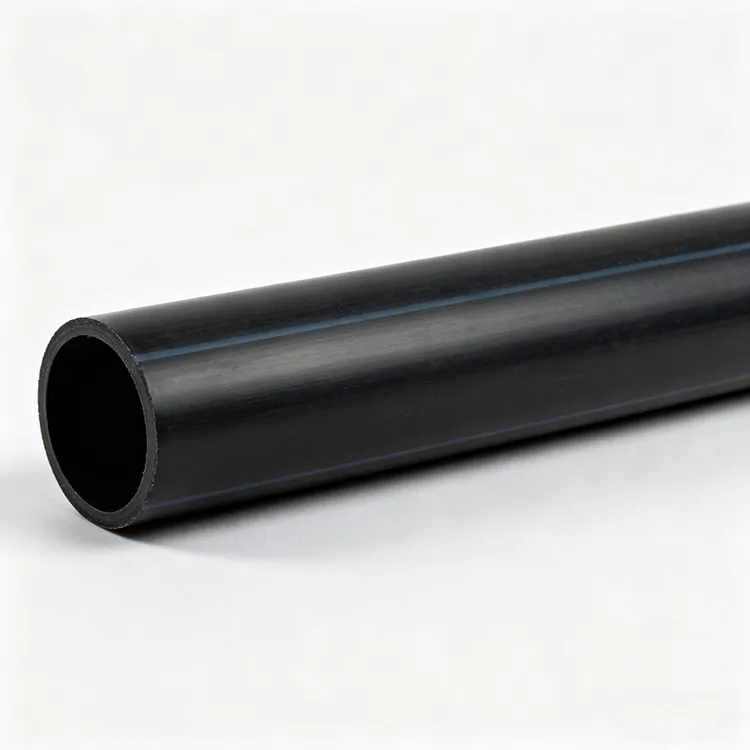
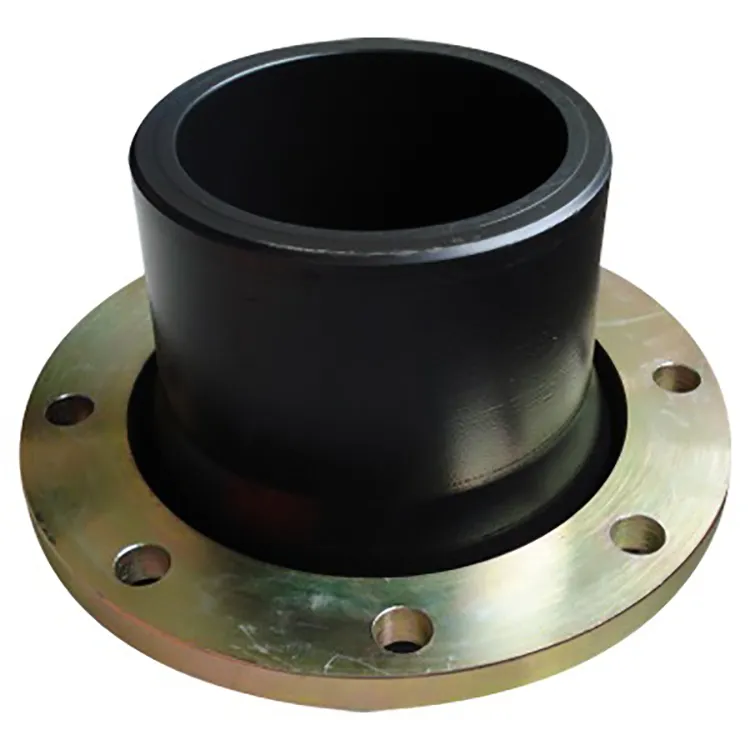
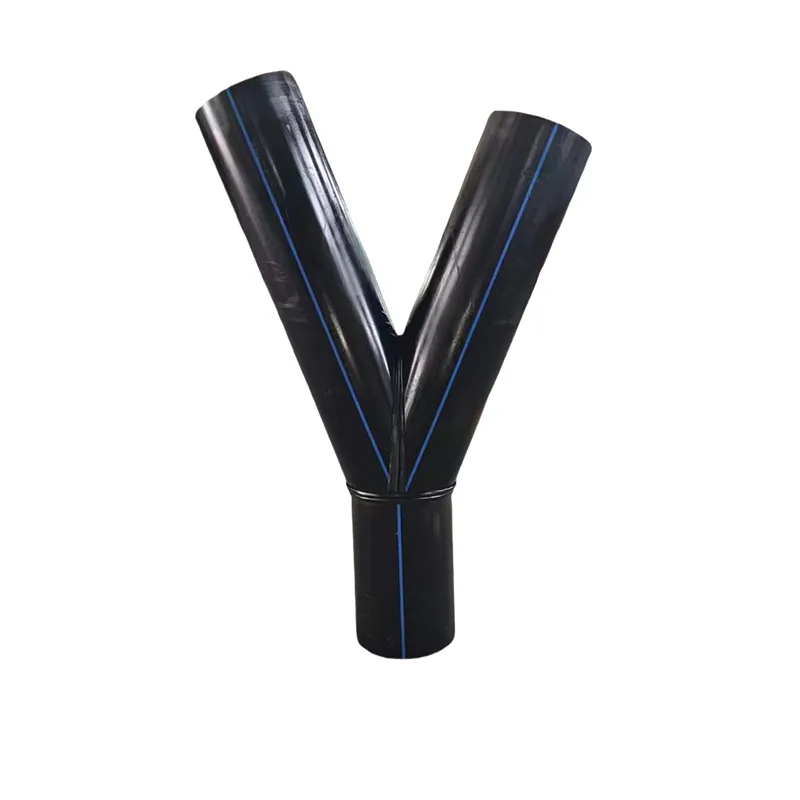

659.webp)
210.webp)
328.webp)
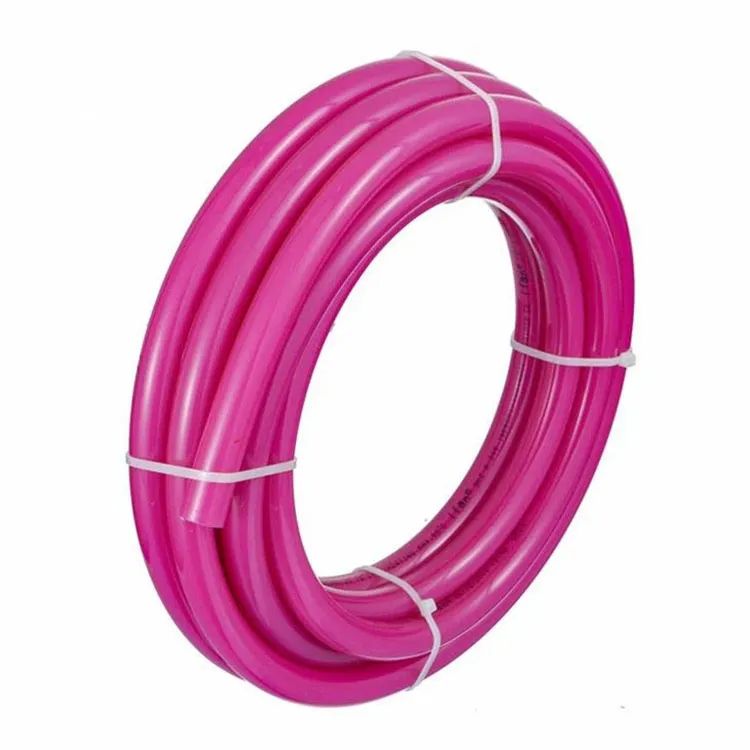
294.webp)
476.webp)


